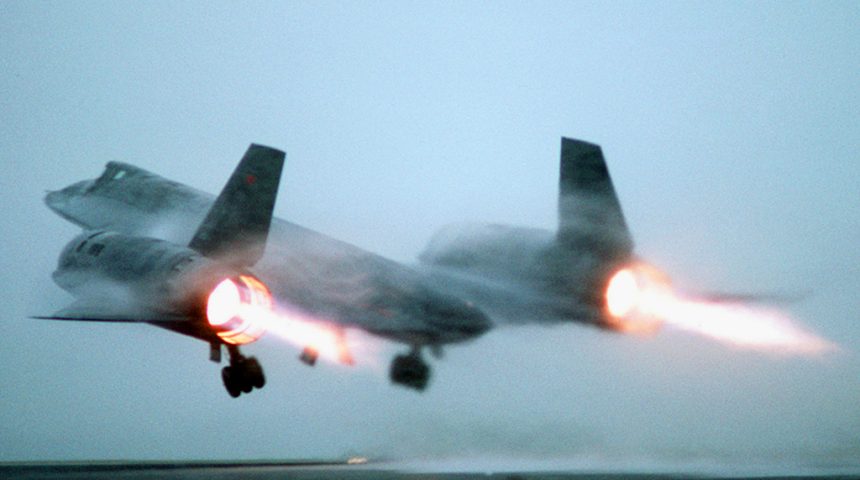Former Director of The Fastest, Most Secretive Reconnaissance Program Lt. Col. Szczepanik Talks to The Aviationist.
Only 86 pilots and 86 Reconnaissance Systems Operators (RSOs) in the world have flown the iconic Lockheed SR-71 Blackbird strategic reconnaissance aircraft, or “Habu” on operational missions. That is fewer than the number of U.S. astronauts who have orbited the earth.
TheAviationist.com recently spoke with USAF Lt. Col. Russell Szczepanik (Ret.), a 25-year veteran of the US Armed Forces. His unique and exceptional service record includes 3 years in US Army Special Forces before joining the U.S. Air Force.
Lt. Col. Szczepanik then went on to become the director of worldwide SR-71 Operations for 2 years. He also flew numerous missions in the Mach 3+ “Sled” as an SR-71 RSO in the rear seat of the two-person aircraft during operational missions.
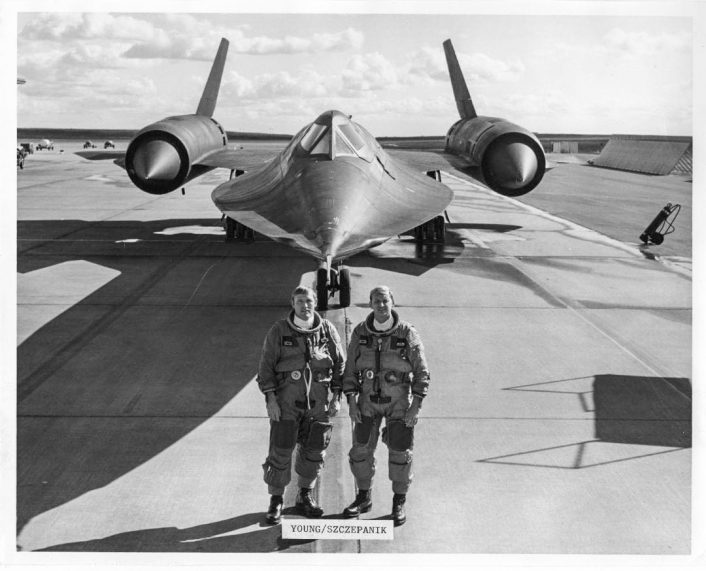
Today Russell Szczepanik lives in Australia where he recently worked as Director of Australia’s Air 5077 program, commonly referred to as the E-7A Wedgetail, the country’s new Airborne Early Warning and Control and Electronic Warfare. Now Russel Szczepanik is enjoying his retirement in Australia.
“Nowadays, I find that it takes three or four or five year to get an airplane airborne, or even developed”, Szczepanik told TheAviationist.com. “The ‘SR’ was given two years maximum to be airborne and fully operational”.
First flown in 1964, the SR-71 went on to establish a stunning number of aviation records including the world record for sustained altitude in horizontal flight at 85,069 ft. and the absolute speed record for an air-breathing operational jet aircraft in 1976 at approximately Mach 3.3. Actual mission records suggest the aircraft may have flown as fast as Mach 3.5, or 2,685 mph. That is faster than most small caliber rifle bullets.
But aviation records aside, the SR-71 was, most significantly, an operational aircraft that performed the vital and dangerous mission of gathering strategically critical atmospheric intelligence over denied areas using a host of cameras and sensors.
Aside from all of its remarkable records and operational successes, many of which remain classified to this day, the SR-71 was as quirky as it was exceptional. Lt. Col. Szczepanik told TheAviationist about aviation fuel leaking out of the aircraft through seams as it sat on the ground in preparation for a mission because the heat expansion that caused the aircraft to “grow” up to 14” in length from air friction at high speed had not yet occurred.
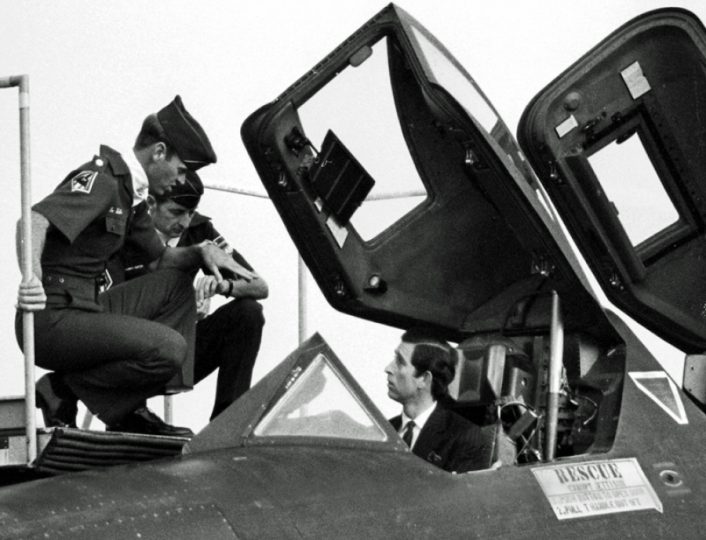
“It just poured out in various areas. And, the poor guys that are actually doing all the hard work underneath [the aircraft] are covered in the stuff- because the fuel is coming out.”
In listening to Szczepanik recount his remarkable experiences as an SR-71 crewmember and director of operations, his narrative is punctuated by conspicuous pauses. He filters out the details of his missions and career that are a matter of national security, both then, and now.
“We weren’t telling anybody what we were doing and that, of course, upset the Air Force, and upset the Navy, upset the Army. But we weren’t permitted to tell anybody those things.” Szczepanik continued, “The reality was, anybody who made it into the SR-71 program has to go get a new physical… And it had to be a special physical, in another place. And, I can’t really say where it went, but they actually took five days of giving us a space… space options. If you get through the physical in five days, you will be acceptable for the SR-71 program.”

As a reconnaissance systems operator onboard the SR-71, Lt. Col. Szczepanik’s role was actually more important than the pilot’s. His work onboard the aircraft during an operational mission was the reason the SR-71 Blackbird was conceived to begin with.

“It turns out, and I hope that people don’t get the wrong impression because flying that airplane is just very difficult also, and it doesn’t really matter. But, all the information comes out of the back. Where the recon systems operator (RSO) is. Because, that’s where all the information is for computers, for failures, for this, that- everything. And the RSO does all the hard work quite frankly. They’re always having to watch where that airplane’s going, how fast it’s going, what altitude it’s at. If we have somebody firing at us, which happened quite often. So, the guy in the back, he sees all that and has to make some very difficult decisions and tell the guy in the front the same thing. Hey, we’re in trouble. We gotta do this- now!”
In fact, the reconnaissance systems operator was so busy that, Lt. Col. Szczepanik told TheAviationist the SR-71 was the only U.S. Air Force two-place, tandem aircraft that did not have any flight controls in the rear cockpit.
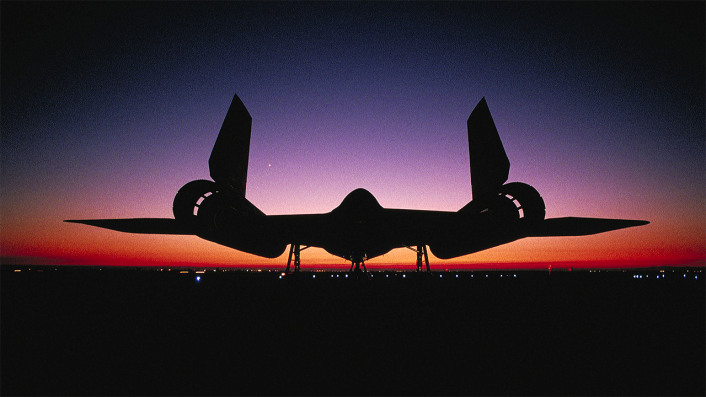
Time capsule into the SR-71 history
Our conversation with Lt. Col. Szczepanik, over an hour of questions and answers with one of fewer than a hundred men who have flown operational missions in the aircraft, wound up with some philosophical insights about changes in the world since the end of the Cold War. Interestingly, Szczepanik’s learned insights from his unique experience in the SR-71 community mirrored the insights of Russian aircrews we spoke to in Moscow last year- that the world has become a smaller place since the end of the Cold War, that people must find ways to become more connected.
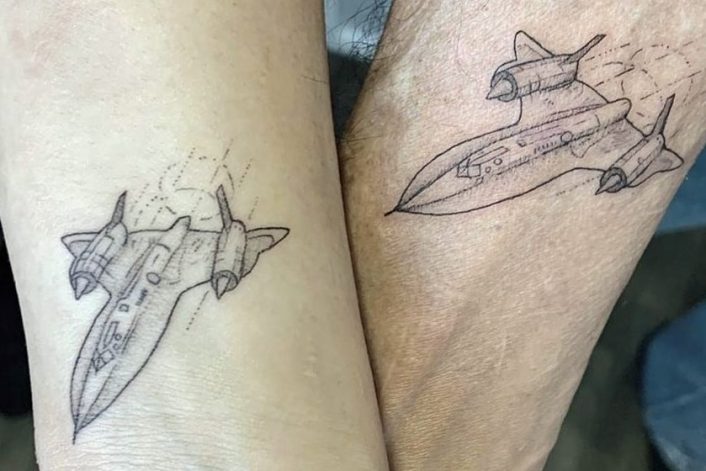
In addition to his philosophical insights from the overall SR-71 program, its role in the Cold War and the changes since then, Lt. Col. Russell Szczepanik’s personal experiences in the back of the SR-71 are a unique time capsule into the operational history of what is arguably the most exotic military aircraft in history. Being able to hear them first hand and record them is a rare and valuable privilege.
That being said, without further ado, watch the full interview and list to Lt. Col. Sczcepanik’s stories in the video here below:
Nortronics NAS-14V2 Astroinertial Navigation System
One of many fascinating systems onboard the SR-71 was the Nortronics NAS-14V2 Astroinertial Navigation System. According to unclassified sources in the public domain including the Smithsonian and other references, the NAS-14V2, nicknamed the “R2-D2” by SR-71 crews, provided an extremely accurate positional fix using stars as a reference. The system did not emit any signals and was, therefore, entirely stealthy in terms of emissions. It featured, “an accuracy of at least 90 meters (300 feet)” according to curator Eric Long of the Smithsonian. The Convair B-58 Hustler, four-engine, delta-wing strategic bomber that operated in limited numbers from 1960 until 1970 also used an astro-tracker celestial navigation device called the KS-39. Similar systems remain in use today on aircraft like the B-52 Stratofortress and other aircraft and even some missiles.
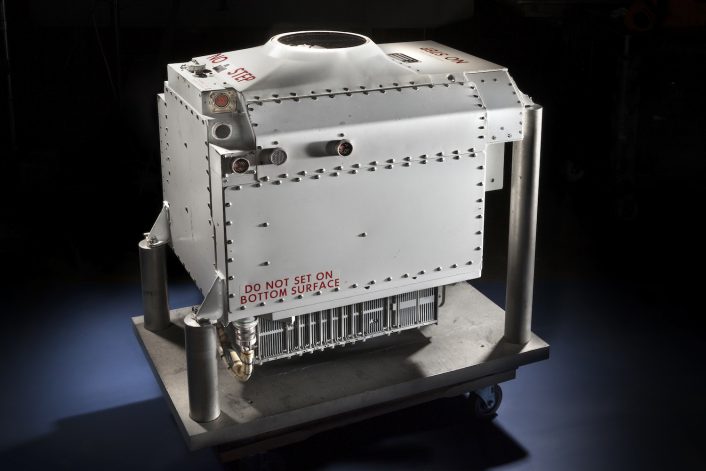
Author’s note: Special thanks and appreciation to Lt. Col. Sczcepanik’s daughter, Miss Kelsey Szczepanik, for her patience, logistical work and contribution to our interview. The Editor wishes to thank his friend @RoMiG21 for putting us in contact with Lt. Col. Sczcepanik. Make sure to follow him on Instagram here.


